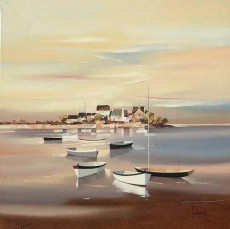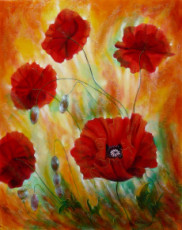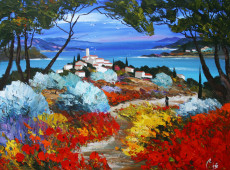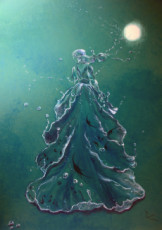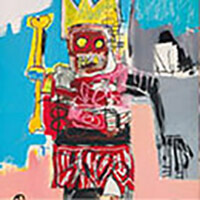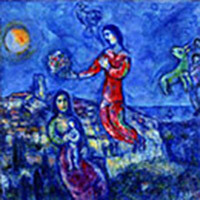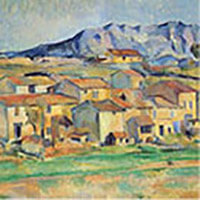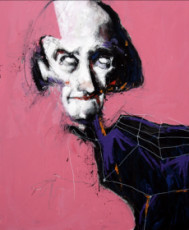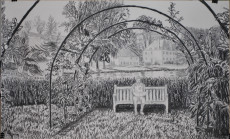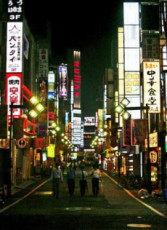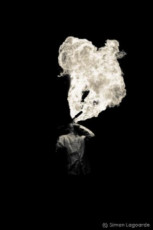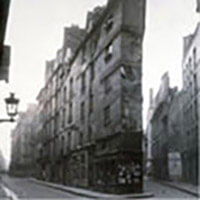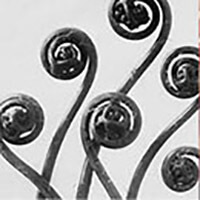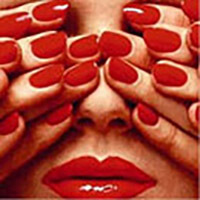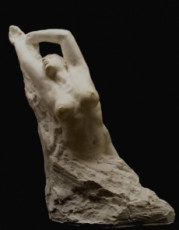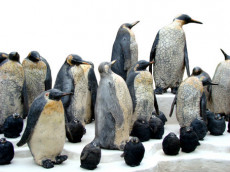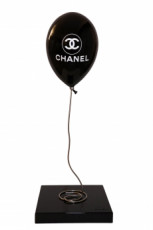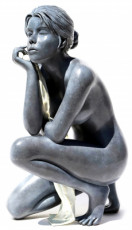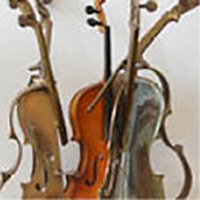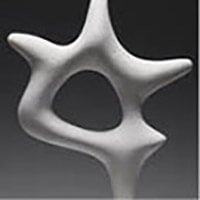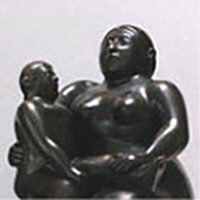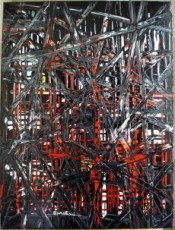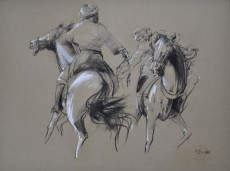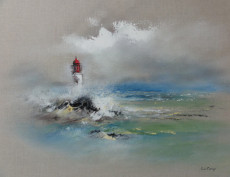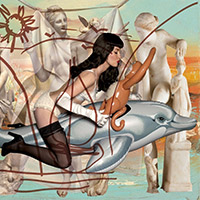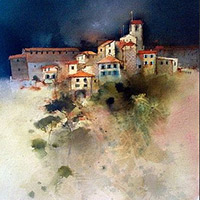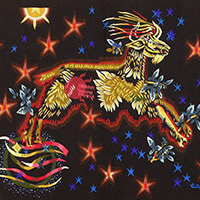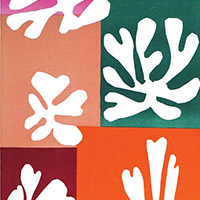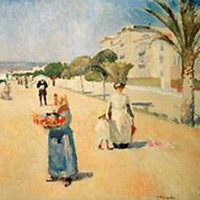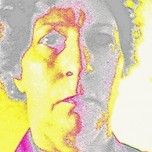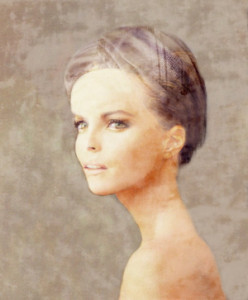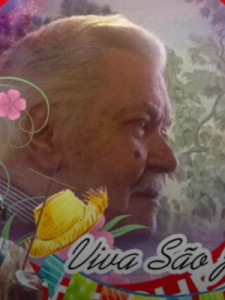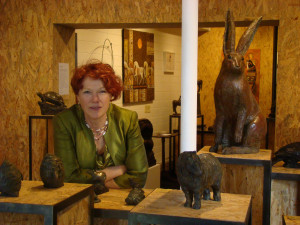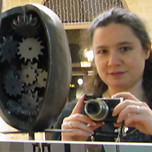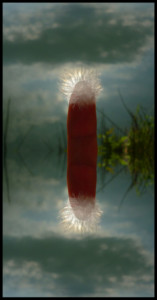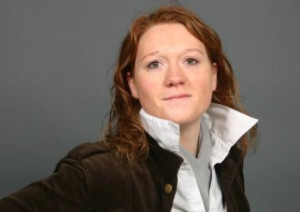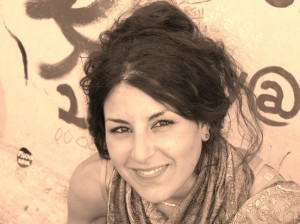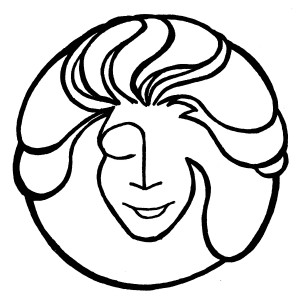
Decoded for you in ART PRESS

The links of meaning
about the Chiharu Shiota exhibition The Soul Trembles at the Grand Palais until March 19
What is practical in a Chiharu Shiota exhibition is that we can talk at the same time - and about the same work - about painting and sculpture or installation. Because the space where the Japanese artist arranges her objects is a work in itself, a painting. And a 3D painting to be precise as if painting a surface were not enough. The painting must encompass us. The painting must be everything. And it is in this whole that the links of meaning are woven. The links that materialize and highlight the relationships and movement of immaterial dimensions such as light and sound which give, in a spatial composition, its reason for being to the "pictorial" arrangement of things, shoes, chairs, boats, beds, suitcases, keys... of Chiharu Shiota's great bazaar. We can, as Michela d'Ecclesis does in Art Press, see in these small arrangements Ariadne's threads, Fates or Arachne. But, without even accessing the dimension of the symbol, we can also very prosaically see in these plots the artistic representation of the relationships that the heterogeneous elements of a "painting" maintain between them. Like this black plot connecting the deserted chairs of In Silence arranged in a silent auditorium facing a silent painting. The links here are notes or traces of notes that have disappeared like comet tails that connect, by making sense, the solitary and burnt elements into a whole whose structure they make visible. Chiharu Shiota sculpts what she could not paint. As if she were weaving the plot of a frameless canvas in space.
Illustration: In silence by Chiharu Shiota (2002 – 2024)

On the art of the curator
about the exhibition En el aire conmovido by Georges Didi-Huberman at the Reina Sofia in Madrid until March 17, then from May 7 to September 28 at the CCCB in Barcelona
The work of a curator is generally viewed from a documentary perspective. It is about finding or even rediscovering a logic, an order of things to arrange the works in a coherent path in space. Experienced as a creation in itself, the work of Georges Didi-Huberman takes on a completely different dimension. The overall concept of the exhibition pre-exists in some way the works that it is supposed to discreetly showcase. Considered as the third part of a triptych, the new exhibition imagined, dreamed up and then produced by Georges Didi-Huberman is once again distinguished by the contagious hypertrophy of its anthropological, philosophical and literary content. Everything starts with the idea of duende that runs like a common thread between the three hundred works by one hundred and fifty artists that make up the exhibition. The duende, popularized by the poet Federico Garcia Lorca, would be that moment when the bullfighter, and like him the artist, takes his audience towards his own rapture, ignoring all risk, all danger. This is how the score of Beethoven's The Happiness of Melancholy coexists with striking images from Pier Paolo Pasolini's La Rabbia. In a mixture of sensitivity and sensuality, the Duende staged by Didi-Huberman leads from death to life according to the pretty words of Annabelle Gugnon of Art Press. The duende is the moment when art is born. The purpose here is not innocent; it is in fact to propose an approach to politics not only through texts and ideas but also through images and gestures. Cultivated, Didi-Huberman's work is not, however, purely intellectual. On the contrary, it is through sensations and emotions that he produces effects of meaning thanks to slow motion, loops and other superimpositions. Whether he goes from Klein to Goya or from Brecht to Heartfield, it is always from an aesthetic game that a theoretical discovery is born. With a utopian finality: to give birth to hope from despair. The whole challenge of our time.
Illustration: Anthropometry in title by Yves Klein (1928)
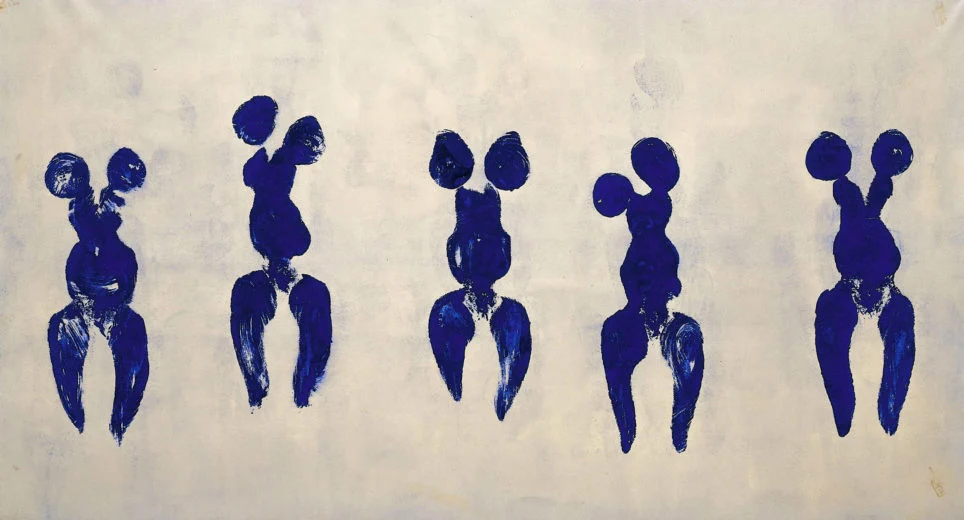
Feminin is beautiful
The work on the exhibitions of female groups by the curator Dorothée Dupuis began in the early 2000s. The love story between feminism and performing art obviously dates back to the 1970s. But it was to make these exhibitions, according to Dorothée Dupuis, "a market gadget that transforms the social into a commodity and reinforces the symbolic - and commercial - status of the male artists who participate in them". In the 2000s, the time came for female artists to reclaim these events. A beacon in the desert, in 1976-77, the founding exhibition Women Artists: 1550-1950 had nevertheless driven home a point by stating that there had always been female artists but that all visibility was denied to them on principle. A rereading of history was necessary. This work of revisionism was undertaken in the 1990s by feminist historians such as Nochlin, Griselda Pollock, Lucy Lippard, Aline Dallier-Popper, Catherine Gonnard and Élisabeth Lebovici. Two schools emerged. The first claimed to be feminine and feminist to the tips of its brushes, like WACK! Art and the Feminin Revolution and Global Feminisms. The second with elles@centrepompidou aimed neither to demonstrate that there is a feminine art nor to produce a feminist object. French subtlety or refusal to challenge through universalism the established order of a society based on inequalities of colonial and patriarchal heritage? The evil tongues prevail. But the American school is not exempt from criticism either, Global Feminisms producing a feminist imperialism or even a whitewashing feminism in a world that is still largely backward because it is masculine. It is in this context that the concept of feminist exhibition curating appears today. Its main goal is to help understand and deconstruct, in order to change them, the gender-related power relations that exist in this environment. This is how it becomes possible to touch the history of art, a pillar of our hegemonic culture. The pursuit of this cause necessarily meets the fight against other inequalities based on race, class or disability. Which clearly shows that the real problem must be thought of globally in terms of inequality. Exhibition curating can engage in a work of "depatriarchalization" from the choice of themes for grouping works to the museographic techniques themselves. Horizontal, curation thus advocates a radical "imagination" that refuses to dissociate the representation of the institution, art from life.
Illustration: Singular Female Artist (2009-2011) by Agnès Thurnauer






